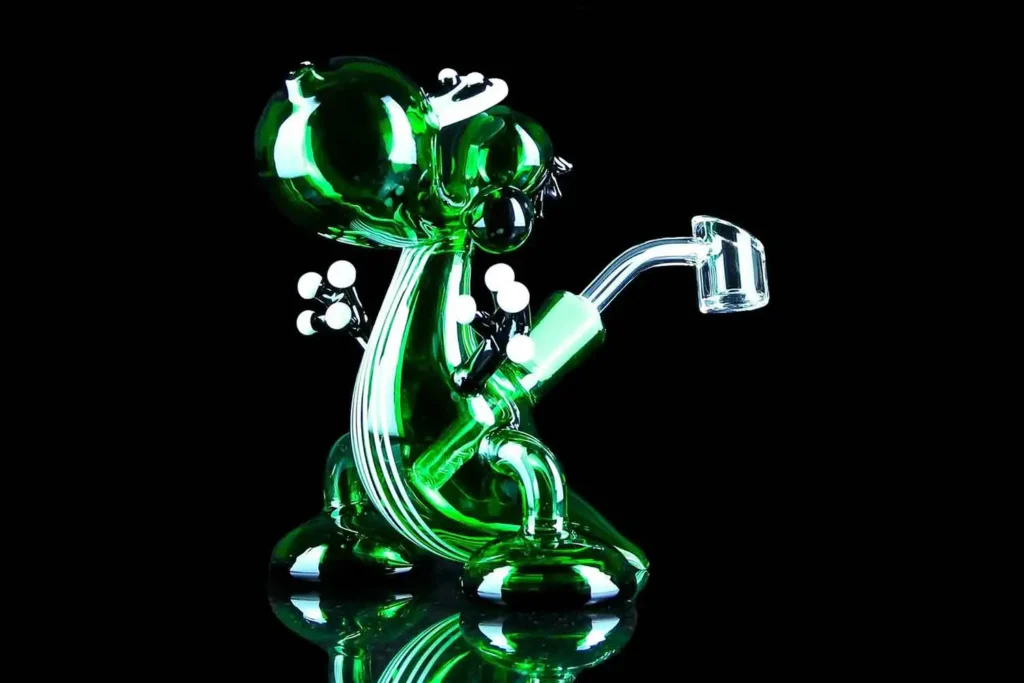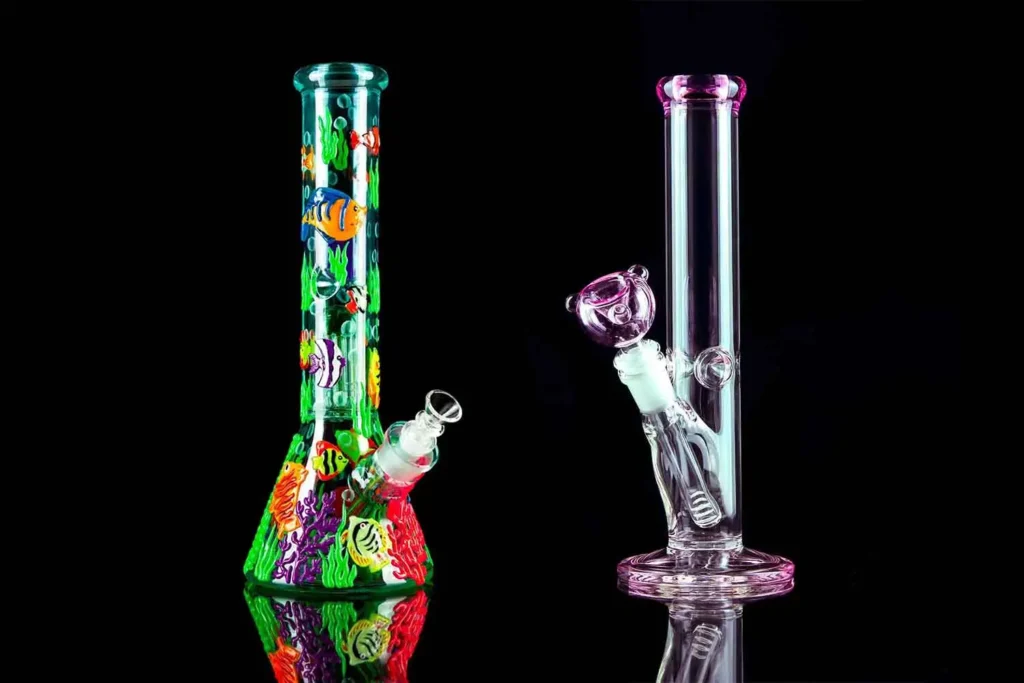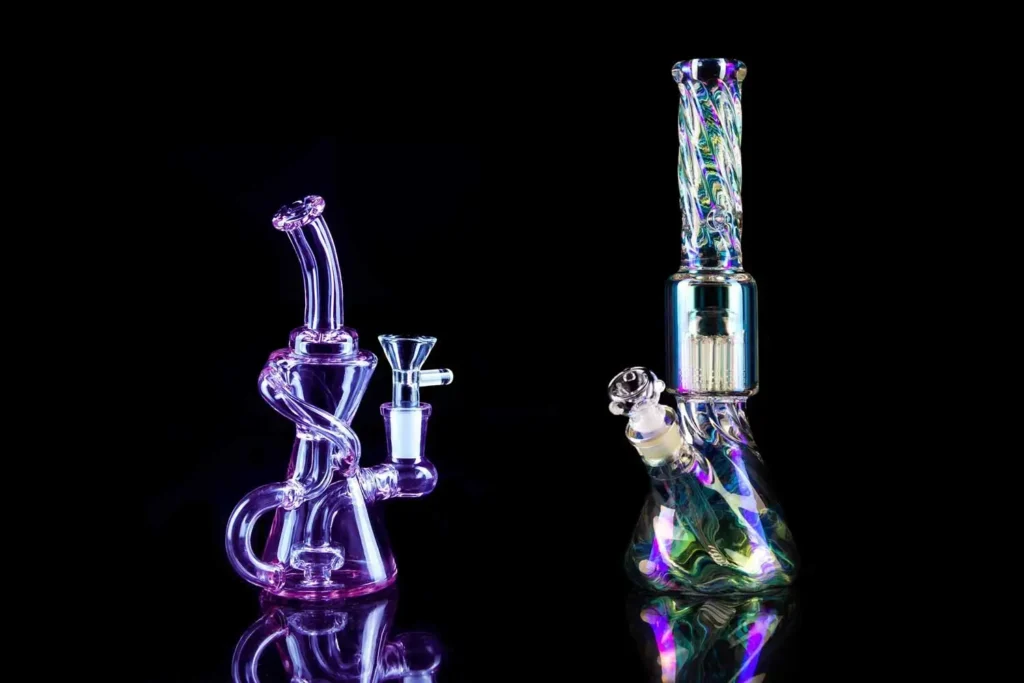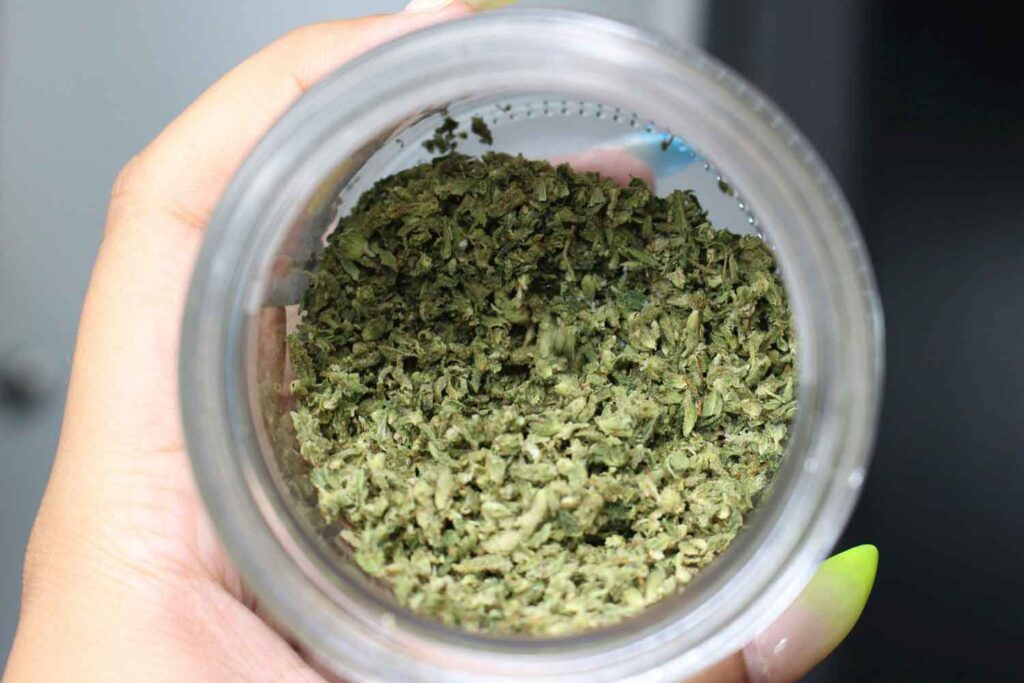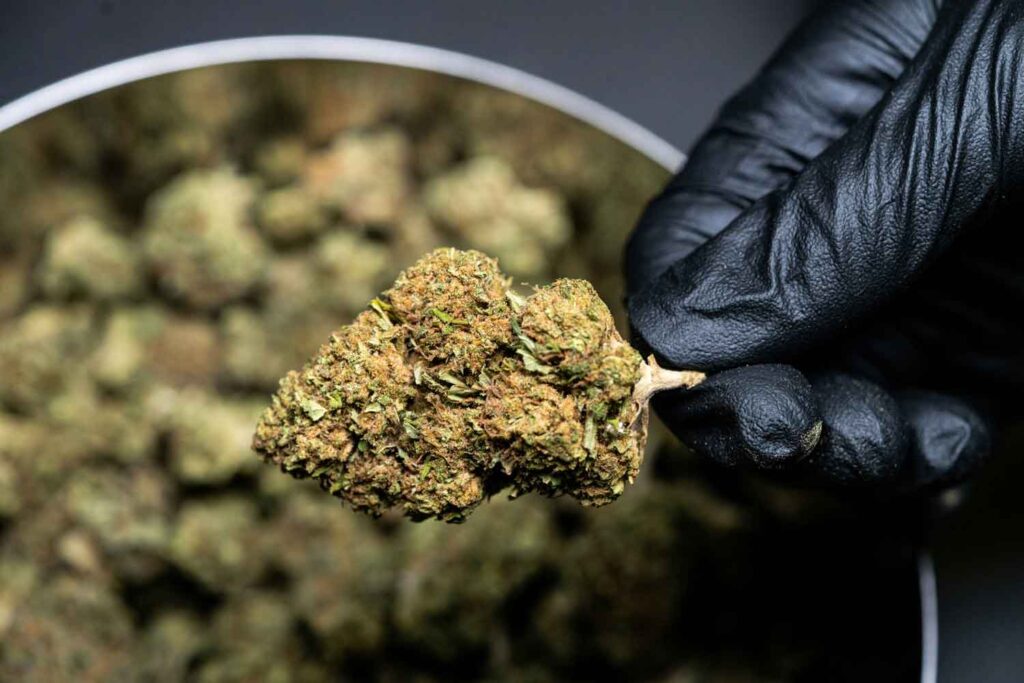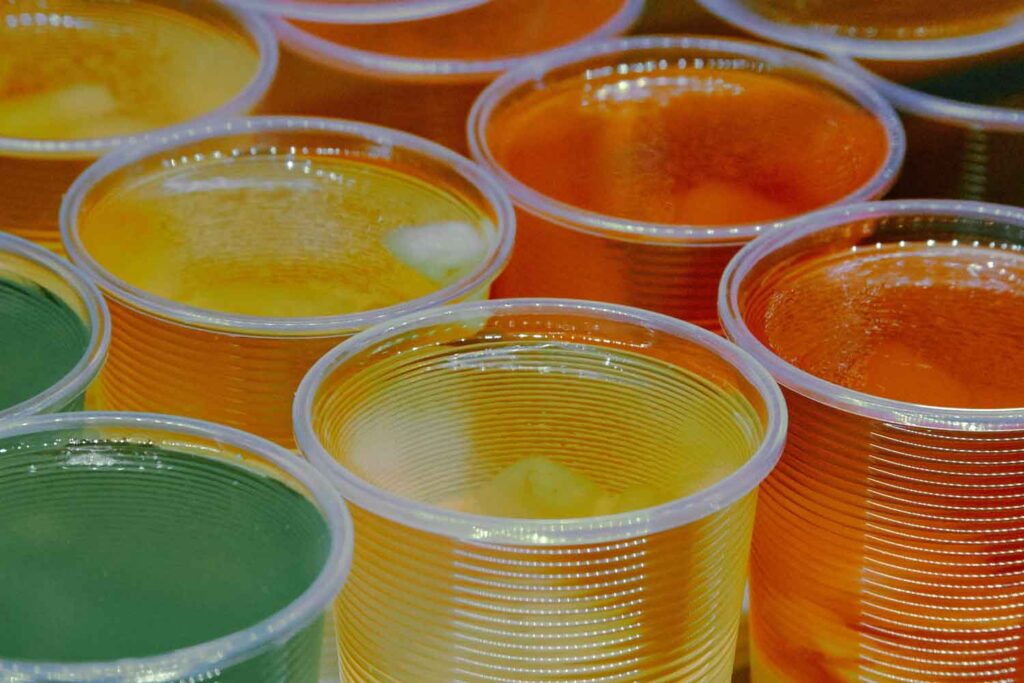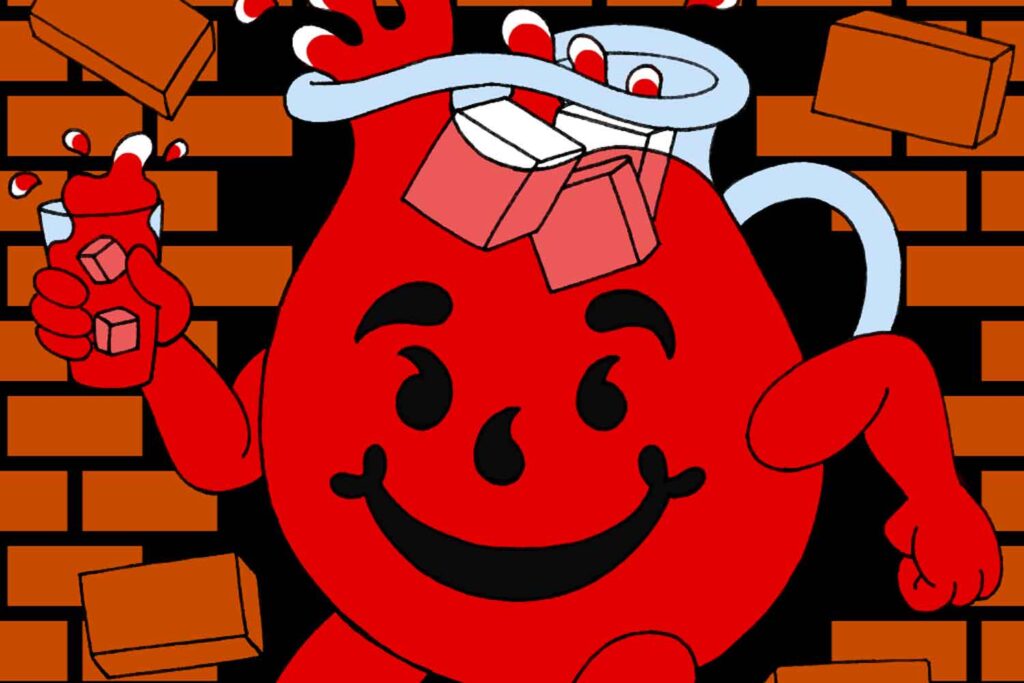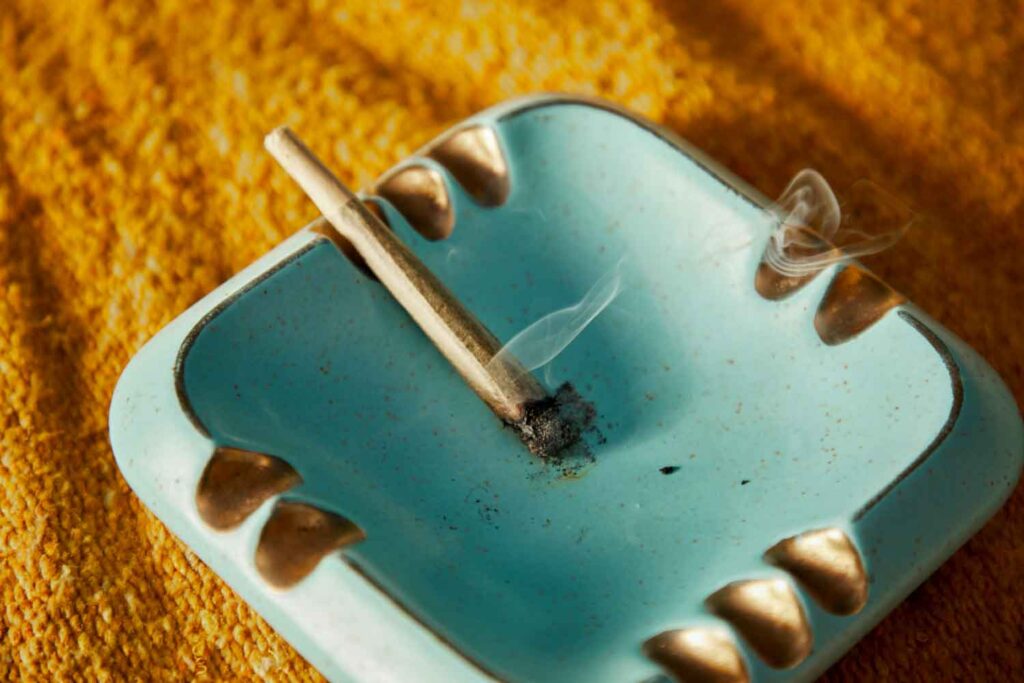Live Resin vs Distillate
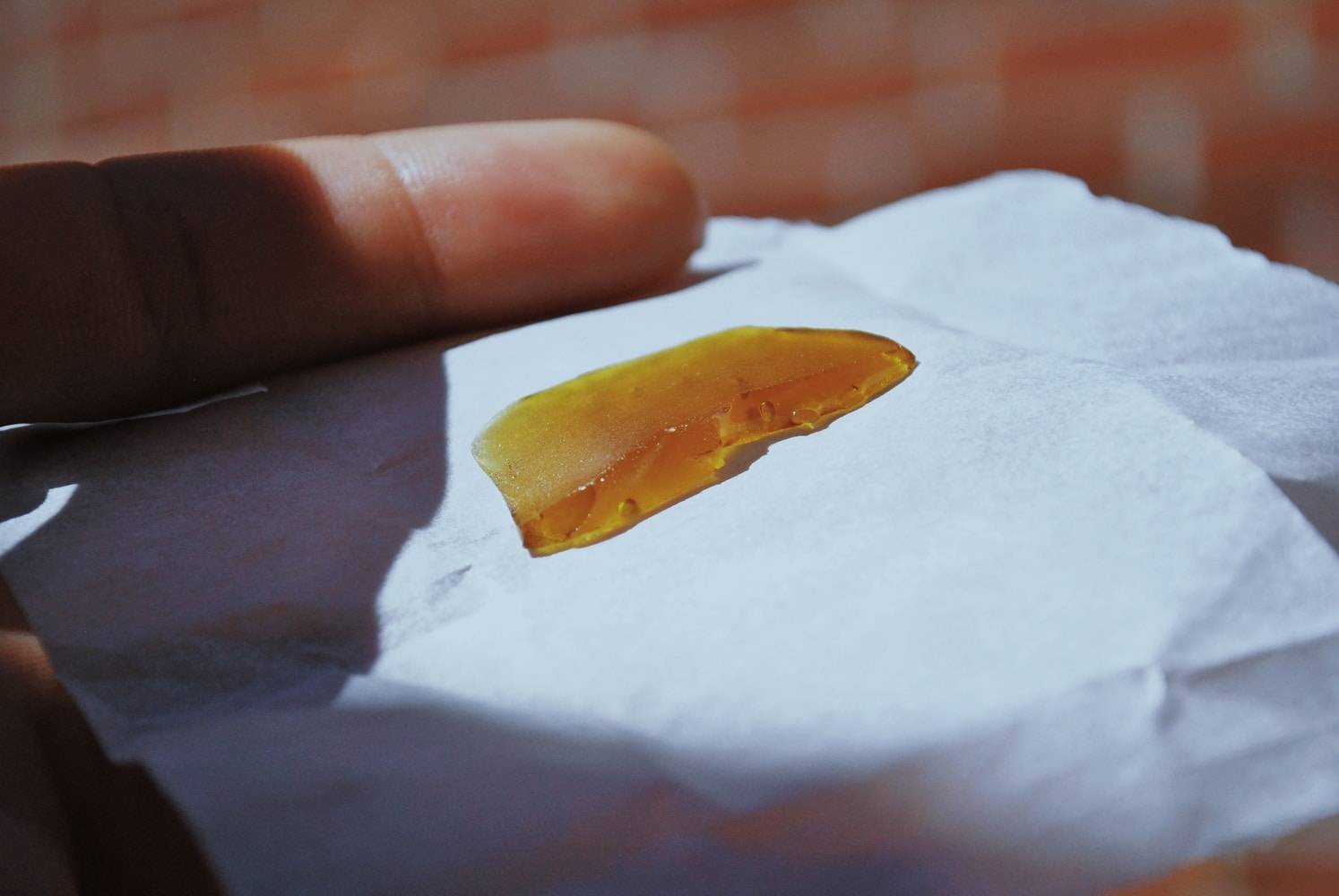
Today, there is an endless amount of cannabis concentrates available for the consumer to try. Live resin vs. distillate are two of the favored cannabis concentrates but hold extreme, almost polarizing differences.
There is no doubt both live resin and distillate cannabis products will succeed in your mission to get high. However, the production of both of these concentrates helps influence which product is which.
In this guide, learn all of the differences between live resin vs. distillates.
What is Live Resin?
Live resin is a type of cannabis concentrate using the entire plant. Due to its extraction method, the delicious flavors and aromas of live resin stay preserved.
The product of live resin is a potent concentrate that can be smoked or vaporized. Live resin is popular among cannabis smokers because of its high terpene content in the concentrate. Those who smoke live resin can taste all the terpenes and cannabinoids in each dose.
Live resin and distillates are both forms of cannabis concentrates, just like rosin is. However, the difference between live resin and rosin lies in its extraction techniques. Rosin is created by a solventless technique. Heat and pressure extract the resinous kief and hash from weed.
On the other hand, live resin involves a more distinct process.

Extraction Process of Live Resin
Live resin recently became popular after its development in 2013. This extraction method is unique compared to other methods because of its flash-freezing technique.
The extraction process for creating live resin involves a closed-loop system containing the hydrocarbons butane and propane. The gas materials are stored and chilled at freezing temperatures which impacts the plant. The nearly freezing temperature affects the plant as the gases are pressurized.
The extraction process begins directly after cutting the cannabis plant. Next, the plant is placed inside the tank of the closed-loop system. Under pressure, the butane fills the tank with plant matter. The gas starts dissolving the trichomes of the plant. Butane gas continues to fill the tank and saturate the plant.
As this hydrocarbon gas pushes through the cannabis, it begins bonding with the terpene and cannabinoid molecules throughout the plant. As a result, the gas eventually strips the plant material of these cannabinoids and compounds.
Next, the butane flows through the second tank where it purifies the lipids, fats, and waxes of the plant through cryogenic temperatures. The liquid that forms is directed to the tank where the plant matter is. The leftover saturated butane is heated and removed from the plant matter. This results in a concentrated substance full of terpenes, flavonoids, and cannabinoids.
As a result, this intricate extraction process offers a concentrate highly potent in cannabinoid compounds by using the entire plant matter.
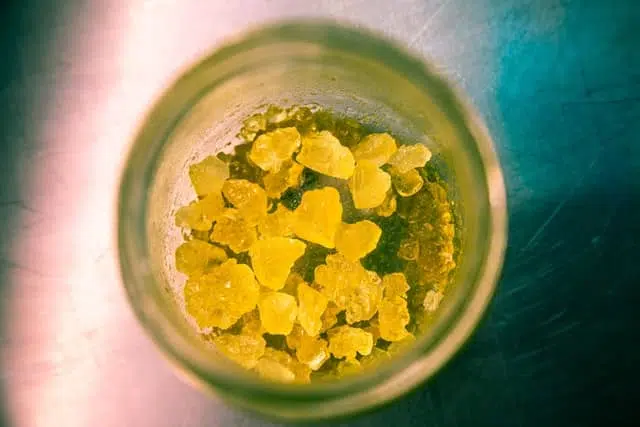
Effects of Live Resin
Considering the large number of cannabinoids extracted, live resin is a potent concentrate. Depending on the plant used, the THC levels in the live resin can range anywhere from 20% – 50%.
Live resin has gained popularity from stoners for its rich, full-bodied flavor. The terpenes and cannabinoids in live resin concentrates are abundantly more flavorful than other concentrates because of the full plant extracted. Because of this, many users prefer live resin for its full use of the plant and extreme flavor profile.
How to Smoke Live Resin
Dabbing or vaping are common consumption methods of live resin. Alternatively, try peppering it into a joint or bowl. No matter how you choose to smoke live resin, be sure to use a proper dab tool to handle this sticky, waxy concentrate.
In one smoke session, users who smoke live resin consume a large amount of THC in a small dosage of live resin. This makes this type of concentrate extremely potent and easy to overconsume. Adverse reactions to an overdose of THC can include paranoia or nausea, which is never fun!
What is Distillate?
In contrast, cannabis extracts stripped of all cannabinoids and compounds are classified as distillates. One specific cannabinoid remains in the distillate product, often THC or CBD. THC oil and CBD oil are two of the most popular distillate oils on the market, due to the highly beneficial and therapeutic elements of these two compounds.
Distillates are created with a cannabis purification process. The process precisely removes and separate certain cannabinoids for use. Distillates are typically used in edible infusions or smoked in vape cartridges. The oil itself may not seem as powerfully flavorful as live resin, but contains a potent amount of the specific cannabinoid extracted.
Alternatively, cannabis distillates give users a psychoactive high depending on the type of cannabinoid extracted. For instance, a CBD distillate oil will not give the same mind-altering effects as a THC distillate oil will.
Extraction Process of Distillates
Cannabis distillates use a heated extraction process involving different gas compounds and materials. CO2, ethanol, or butane combines with the plant matter at room temperature. It then goes through extensive heat, steam, and pressurized techniques to create a final product.
First, the process starts by using a crude oil extraction. This involves either a physical or chemical separation between the plant matter and the cannabinoids in the plant. A physical separation technique involves sieving or rosin, to cause this breakup. A chemical separation includes the use of a fluid carbon dioxide extraction, similar to the live resin process, to separate the plant matter and cannabinoids. Either the chemical or physical separation removes the crude extract.
Next, the winterization step allows the byproducts of the plant to be purified and extracted. This includes the waxes, lipids, and fats of the plant. Mixed and chilled in cold temperatures, the distillate sits for up to 48 hours. The crude extract and ethanol work together to saturate the cannabis plant and remove the excess plant matter. After filtering the crude extract and ethanol, the ethanol is eliminated through evaporation.
After this extended process, the resulting product is a potent distillate concentrate involving the isolation of the preferred cannabinoid.
Effects of Distillates
Since distillate involves the isolation of a cannabinoid in cannabis, the overall potency of THC levels is much higher. Of course, this is only if the distillate has isolated the THCA cannabinoid in cannabis.
The main purpose of cannabis distillates is to fully benefit from the single, desired cannabinoid. Those who smoke a THC distillate will feel extreme psychoactive effects because of the pure THC consumed.
Distillates are also much more discrete to consume compared to live resin because of their lack of distinct cannabis smell. Compared to live resin that incorporates the whole cannabis plant, distillates are less potent in smell and taste because of the one single cannabinoid used.
How to Consume Distillates
To consume distillates, a dab rig or vaporizer is commonly used. The most common method of consuming distillates is cartridges. The THC oil distillate can be decarboxylated and vaporized with a vape pen.
Whether you choose to enjoy distillates with a vape pen or dab rig, keep in mind the odorless vapor and flavor that forms. Distillates will often have little to no flavor but can certainly enhance your high.
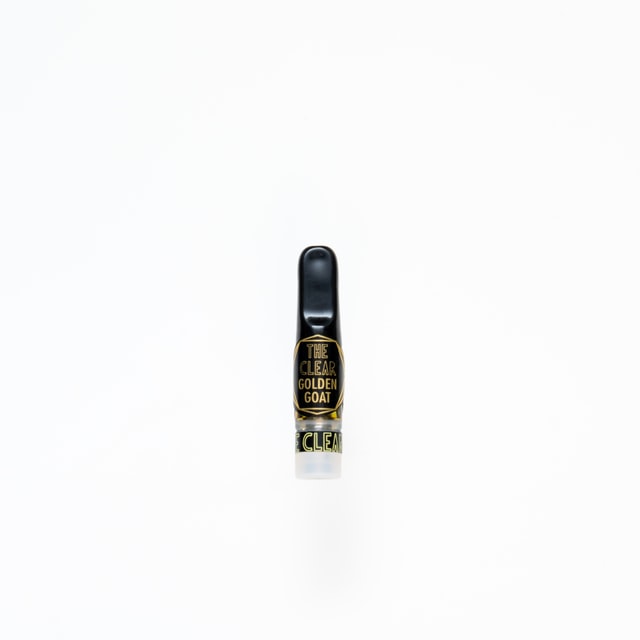
Live Resin vs Distillate Review
Live resin vs. distillates are fairly similar in their visual result. However, these two cannabis concentrates are clearly defined by its extraction and contents. Whether you consume live resin or distillate in a dab rig or vaporizer, both cannabis concentrates are currently an efficient and flavorful way to enjoy weed.

